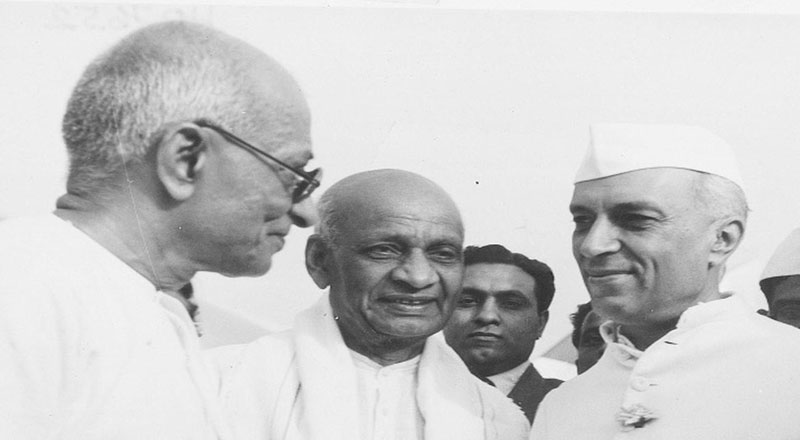A Fragile Calm After a Storm
After nearly two weeks of escalating violence, the ceasefire between Israel and Iran—brokered under heavy international scrutiny and dramatic developments—has brought a temporary sense of relief to the Middle East and beyond. The 12-day conflict, which at one point involved direct U.S. military intervention under “Operation Midnight Hammer,” sparked fears of a broader war with global consequences. As hostilities halt, an unusual situation emerges: all three major players—Israel, Iran, and the United States—are claiming victory. But beneath the triumphant narratives lies a more complex reality.
The U.S. Strategy: Strike, Step Back, Then Broker Peace
Initially hesitant to involve itself directly, the United States shifted gears after Iran’s provocative missile deployments. President Donald Trump ordered precision B-2 bomber strikes on three Iranian nuclear facilities, marking a dramatic escalation. He labeled Iran the "bully of the Middle East" and said the targets were "completely and totally obliterated."
However, when Iran retaliated by bombing the U.S.-run Al Udeid Air Base in Qatar, it did so after issuing a prior warning—allowing U.S. forces to avoid casualties. Trump seized the moment to shift tone. Declaring no loss of American lives and minimal damage, he thanked Iran for the warning and used it as an opportunity to pivot to peace.
This maneuver allowed the U.S. to position itself as both a powerful enforcer and a peacemaker. Domestically, it helped Trump project strength without engaging in a prolonged war—fulfilling his campaign promise of avoiding "forever wars." Diplomatically, Washington now boasts a dual win: crippling Iranian nuclear infrastructure while also "ending" the war. It's a narrative crafted for maximum political gain ahead of Trump’s NATO meetings and the upcoming U.S. election season.
Israel’s Calculated Wins: Military Gains and Political Capital
For Israel, the ceasefire follows a period of military dominance. Even before the U.S. entered the conflict, Israeli forces had taken out key Iranian military targets, neutralized air defense systems, and struck deep into Iran’s strategic infrastructure. Notably, Israeli intelligence successfully targeted and eliminated several high-ranking members of Iran’s Revolutionary Guard Corps.
Perhaps the most significant advantage for Israel was gaining U.S. military backing. For days, the Biden administration had characterized Israel’s action as unilateral, reluctant to get involved. But persistent attacks on Israeli cities, including Tel Aviv and Beersheba, and rising domestic pressure led to the shift. Trump's decision to engage demonstrated an unmistakable message: the U.S.-Israel alliance remains unshakable.
This show of strength is likely to play favourably for Prime Minister Benjamin Netanyahu, who faces upcoming elections. A show of successful deterrence, reinforced by American partnership, bolsters his position both domestically and on the international stage.
Iran’s Defiance: Resistance Framed as Victory
Iran's narrative is perhaps the most paradoxical. Having been bombed by both Israel and the United States, its leadership still claims triumph. Tehran’s final salvo—a barrage of missiles launched just minutes before the ceasefire—was less about strategic gain and more about optics. By maintaining offensive action right up to the deadline, Iran signaled defiance.
The missile strike on the Al Udeid base, despite the warning, was Iran’s carefully measured move to save face. Its message was clear: “We hit back.” Iran avoided triggering a larger U.S. retaliation while still appearing resilient to its domestic audience.
By portraying itself as the nation that stood up to two military powers without backing down, the regime strengthens its regional "resistance" credentials. The Ayatollah’s government now leverages this confrontation to justify further nuclear development and regional mobilization, casting itself as the guardian of sovereignty in a volatile neighborhood.
The Propaganda Machine: Victory for Everyone, Truth for Few
In the aftermath of the ceasefire, all three nations have leaned heavily on domestic messaging. The U.S. emphasized peace through strength. Israel focused on its tactical gains. Iran highlighted resistance. This convergence of conflicting narratives reveals the power of modern propaganda in geopolitical affairs.
But claims don’t always align with facts. Intelligence reports remain unclear on the full extent of damage to Iran’s nuclear infrastructure. Western analysts are also uncertain about the location and status of Iran’s enriched uranium reserves. Meanwhile, Israel’s security remains at risk from Iran-backed proxies across Lebanon, Syria, and Gaza.
Ceasefire or Calm Before the Next Storm?
The ceasefire may be in place, but it is far from a comprehensive peace agreement. The Israel-Iran conflict, layered with ideology, historical animosity, and nuclear stakes, is not likely to be resolved overnight. The United States, for its part, may have delayed a broader war—but not prevented it entirely.
Tensions in the Strait of Hormuz, cyberwarfare threats, and proxy conflicts in Iraq, Syria, and Lebanon continue to simmer beneath the surface. Meanwhile, questions about Iran’s nuclear capabilities, and the lack of a formal verification mechanism post-ceasefire, raise serious concerns.
In the end, while all sides declare victory, the world knows the truth: this was a strategic pause, not a permanent peace. The Middle East remains volatile, and unless diplomacy gains sustained traction, this brief silence may only be the intermission before the next act.
(With agency inputs)






















